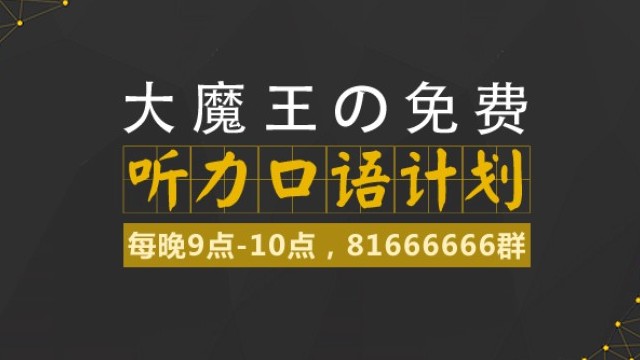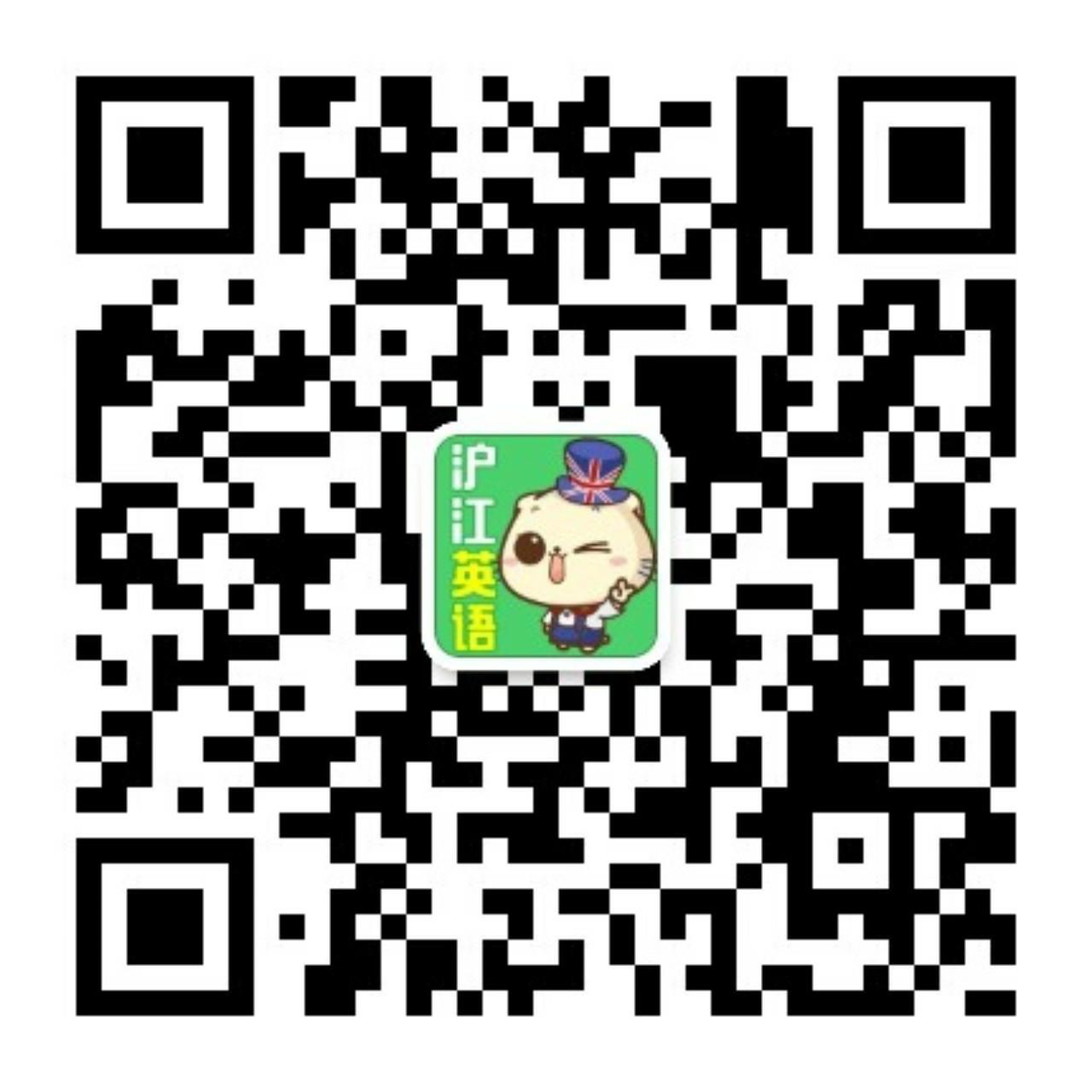科學(xué)60秒:可以救命的“關(guān)懷短信”
Researchers at the University of British Columbia enrolled 538 patients between 2007 and 2009. Half the patients received the weekly text message, and were asked to respond within 48 hours.
They could text back either “doing well” or “have a problem.” ____3____ were then able to ____4____ people who had a problem or didn’t respond.
The texts weren’t medicine reminders, they were just to let the patients know that someone was thinking about them. Apparently it worked—study participants said they felt like someone cared. And that may have helped them take care of themselves. Because the ones who received the texts were 12 percent more likely than the nonrecipients to have ____5____ levels of the virus a year after being infected. Which means that the simple, friendly outreach of a text message can save lives.
【視聽版科學(xué)小組榮譽出品】











